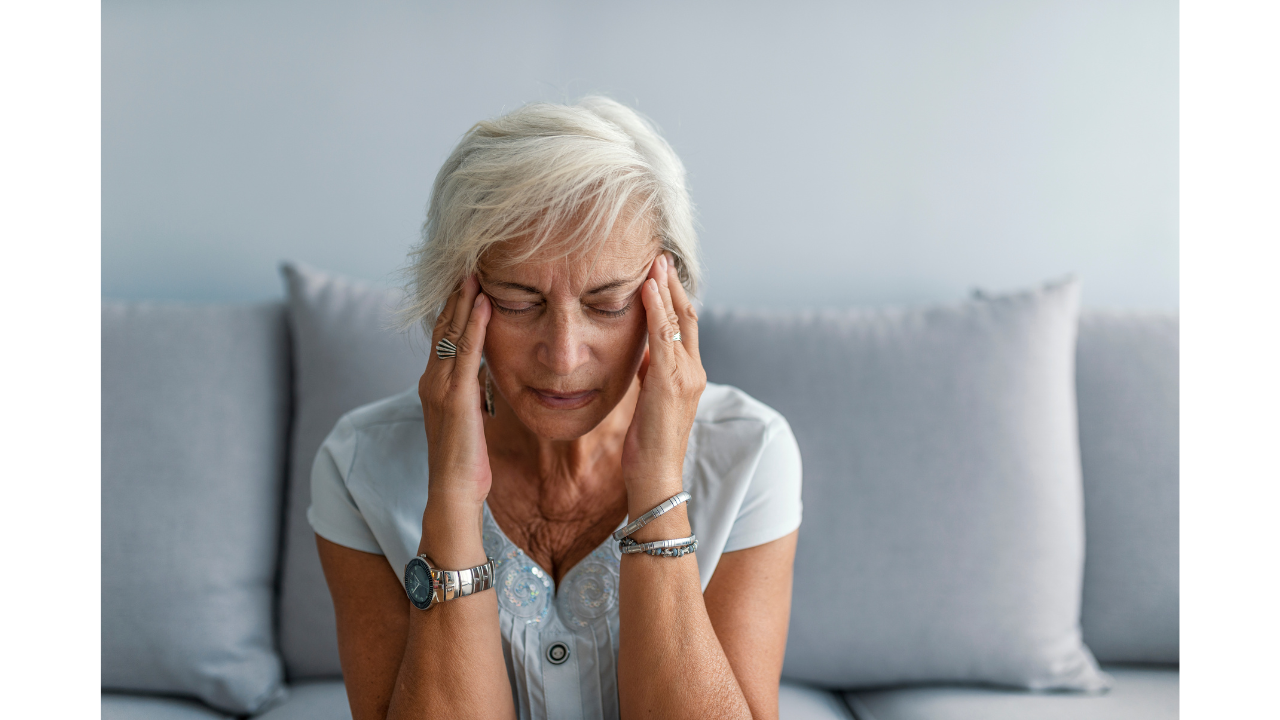What Causes Migraine: A Complete Physician’s Guide


Migraine is not just a headache — it’s a complex neurological disorder involving the brain, blood vessels, and nerves. Those who suffer from it experience severe, throbbing pain, sensitivity to light and sound, and sometimes visual changes or nausea.
Understanding what causes migraine helps in preventing and controlling it effectively.
For General Readers
A migraine begins when the brain becomes overly sensitive to internal or external triggers — stress, sleep disturbance, certain foods, or hormonal changes.
When this happens, brain nerves and blood vessels react abnormally, leading to inflammation and pain.
Common Migraine Triggers
• Stress and anxiety
• Irregular sleep or fatigue
• Skipping meals or fasting
• Hormonal changes (especially around menstruation)
• Bright lights or loud noises
• Strong smells or weather changes
• Chocolate, cheese, processed meats, or caffeine
• Dehydration
Tip: Keep a migraine diary to identify and avoid your personal triggers.
For Medical Students
Migraine is a primary headache disorder linked to neurovascular dysregulation.
Key mechanisms include:
• Cortical Spreading Depression (CSD): neuronal hyperexcitability causing wave-like depolarization.
• Trigeminovascular activation: release of vasoactive peptides such as CGRP, leading to meningeal vasodilation.
• Serotonin imbalance: fluctuations in 5-HT levels influence vascular tone and pain modulation.
This pathophysiology explains why triptans (5-HT agonists) and CGRP antagonists are effective in migraine therapy.
For Young Doctors
When evaluating a patient:
• Take detailed headache history (onset, duration, frequency, side, and character).
• Ask about associated symptoms: aura, nausea, vomiting, photophobia, phonophobia.
• Note menstrual relation in female patients.
Treatment Principles
• Lifestyle modification — regular sleep, hydration, and stress control.
• Abortive therapy — triptans, NSAIDs, or antiemetics during attacks.
• Preventive therapy — beta-blockers, anticonvulsants, or calcium channel blockers for frequent attacks.
Avoid unnecessary investigations unless red flags (neurological signs, sudden severe headache, new onset after 50) are present.
For General Practitioners
Family physicians play a key role in migraine control.
Practice Essentials:
• Differentiate migraine from tension-type or cluster headaches.
• Exclude secondary causes (sinusitis, hypertension, intracranial lesions).
• Encourage lifestyle regulation and trigger recognition.
• Address comorbidities like anxiety, depression, and insomnia.
• Start preventive medications when attacks exceed four per month.
Newer options — CGRP inhibitors and neuromodulation devices — are promising but may be cost-restricted.
Pathophysiology of Migraine
The migraine process unfolds through several interconnected steps:
• Cortical Spreading Depression (CSD): a self-propagating wave of neuronal activity leading to aura symptoms.
• Trigeminovascular Activation: stimulation of trigeminal afferents releasing CGRP, substance P, and neurokinin A.
• Neurogenic Inflammation: meningeal vessel dilation and plasma protein leakage cause pain.
• Central Sensitization: repeated episodes lower the pain threshold, increasing headache intensity and duration.
In short: Migraine is a neurovascular storm — where the brain’s wiring, chemistry, and blood flow misfire in unison.
When to See a Doctor
Seek immediate medical attention if:
• Headaches are frequent, worsening, or changing in pattern.
• Pain is severe and disabling.
• There is vomiting, confusion, or blurred vision.
• Headache starts suddenly and intensely (“worst in life”).
• Neurological signs (speech difficulty, limb weakness) appear.
• Headache begins after age 50.
Early evaluation rules out serious conditions like stroke or intracranial pathology.
Migraine is a neurovascular dysfunction shaped by genetics, hormones, and environment.
Though not curable, it is highly manageable with awareness, preventive care, and timely treatment.
By learning your body’s patterns and respecting its limits, you can transform migraine from a chronic enemy into a manageable condition.
Do’s and Don’ts for Migraine Patients
Do’s:
✔ Maintain regular sleep, meals, and hydration.
✔ Keep a headache diary to track triggers.
✔ Rest in a dark, quiet room during an attack.
✔ Follow your doctor’s prescribed preventive plan.
✔ Practice stress-relieving activities like meditation or deep breathing.
Don’ts:
✖ Don’t skip meals or consume excessive caffeine.
✖ Don’t overuse painkillers — they can cause rebound headaches.
✖ Don’t ignore new or severe symptoms.
✖ Don’t self-medicate without medical supervision.
FAQs About Migraine
1. Is migraine hereditary?
Yes. Migraine often runs in families due to genetic sensitivity in brain cells.
2. Can dehydration trigger migraine?
Yes. Dehydration reduces blood volume and alters brain perfusion, triggering pain pathways.
3. Is migraine a sign of a brain tumor?
No. Migraine is functional, not structural — but sudden changes in pattern warrant evaluation.
4. Can migraine occur without headache?
Yes. This is known as a silent or acephalgic migraine, with aura or nausea but no head pain.
5. What’s the best immediate remedy?
Early use of triptan or NSAID, rest in a quiet room, and hydration. Early treatment always works best.
